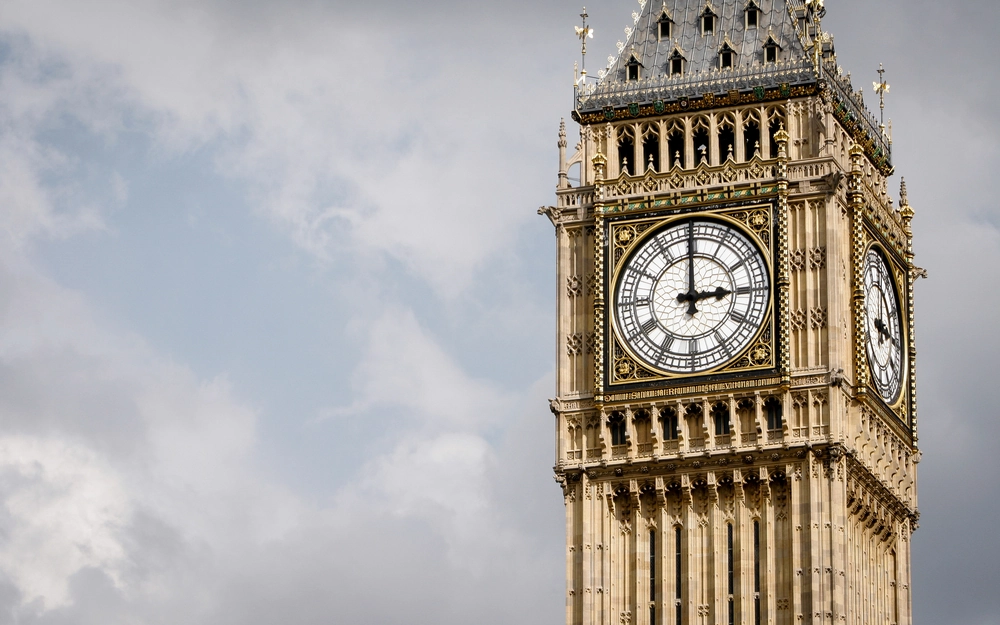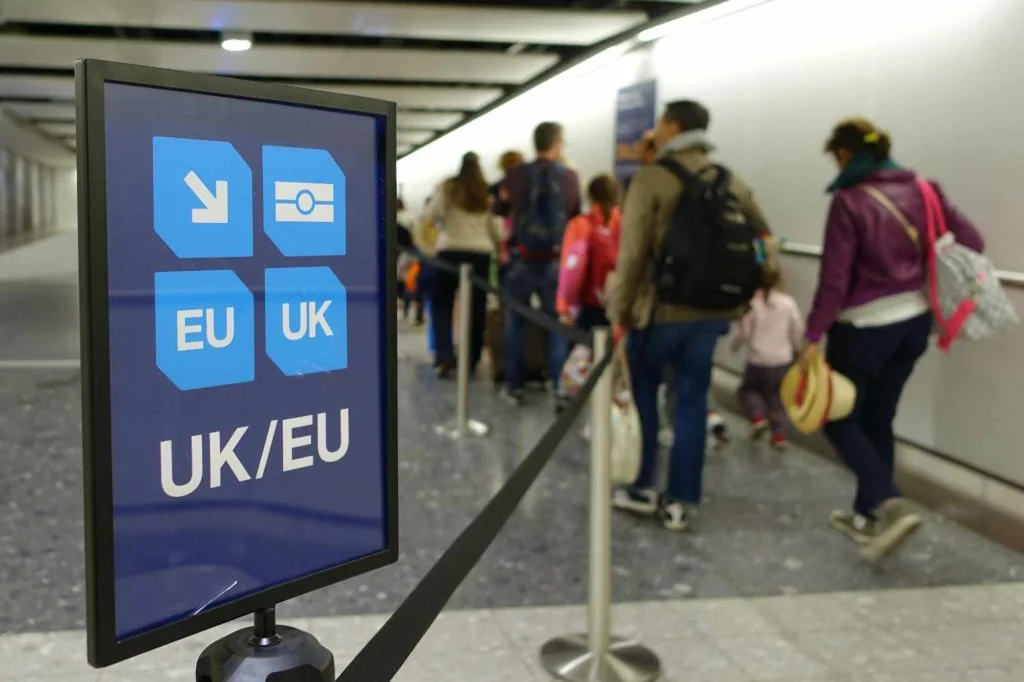
Working from Home: Government signals change of approach to the new normal
Risk assessments have dominated corporate and individual thinking for months and rightly so.
A great deal of thought and has gone into the process of assessing and mitigating risk; sharing outcomes with employees and others and working to ensure risk is being reduced to a level that is 'as low as reasonably practicable.'
But the process of the assessment of risk is a dynamic one – the assessment evolving and developing to reflect the latest understanding about Coronavirus (Covid 19) and what guidance is available.
The Government has updated their Guidance on 'Working safely during Coronavirus/Covid-19' from yesterday, 23rd July.
Working from home
The headline consideration relates to where we all work going forward.
Up until now the Government's position has been that employees are safest at home and if they are able to work from him then they should. Their position has shifted; now working from home is "one way" of ensuring people work safely. The Government makes the point that the risk of transmission can be substantially reduced if COVID-19 secure guidelines are followed closely and, going forward, stipulates that employers should consult with their employees to determine who, from 1 August 2020, can come into the workplace safely taking account of a person’s use of public transport, childcare responsibilities, protected characteristics, and other individual circumstances. Inevitably, and sensibly, extra consideration should be given to those people at higher risk. When it is decided that workers should come into their place of work then this will need to be reflected in the COVID-19 risk assessment and actions taken to manage the risks of transmission in line with the Government's guidance. It is vital employers continue to engage with workers to ensure they feel safe returning to work.
The first thing for an employer to do is think about how many people might be safely accommodated in an office or operational space and look at the overall risk assessment before having conversations with employees. Considerations then move on to planning for a phased return to work and those individual conversations with employees. The circumstances of the overall workplace must be factored into discussions with individual employees. Otherwise 'the cart is before the horse.'
The chosen venue for work may still be that person's home, but this will no longer be the starting point let alone the end point as to the approach. The Government plainly wishes to see more employees working other than from home but if COVID-19 secure guidelines are followed closely. The Government makes clear that "when in the workplace, everyone should make every reasonable effort to comply with the social distancing guidelines set out by the government (2m, or 1m with risk mitigation where 2m is not viable)."
Where the social distancing guidelines cannot be followed in full, in relation to a particular activity, businesses should, as previously, consider whether that activity can be redesigned to maintain a 2m distance or 1m with risk mitigations.
The Government has identified what some of those mitigation measures might be including further increasing the frequency of hand washing and surface cleaning, keeping the activity time involved as short as possible using screens or barriers to separate people from each other, back to back or side working and reducing the number of people each person has contact with by using ‘fixed teams or partnering’ (so each person works with only a few others).
The mantra must still be "no one is obliged to work in an unsafe work environment" however there is now a view that more than one place may be 'safe.' This will mean employers analysing risk afresh and having further detailed conversations with their employees. No doubt business will prove themselves up to that task. However there remains in our view a further hurdle to overcome in the months and years ahead and that is to persuade the HSE that despite having established the safest place for an employee to work is actually their home; the employer has still discharged their obligations under the health and safety legislation when arranging for an employee to work elsewhere.
It is arguable that more than one place may be considered safe and secure for the purposes of work and the health and safety framework. This seems to be the Government's view. However there is a risk that that regulators take a different view and insist that if the safest place for an employee to work has always been from home, then unless something has happened to change that assessment of that place of work; then home is from where they should carry on working.
Face Coverings
Everyone understands that face coverings are not a substitute for the other ways of managing risk, including minimising time spent in contact, using fixed teams and partnering for close-up work, and increasing hand and surface washing. The Government would therefore not seemingly expect to see employers relying on face coverings as risk management for the purpose of their health and safety assessments.
However, the Government explains: "People are also encouraged to wear face coverings in enclosed public spaces where there are people they do not normally meet. If you choose to wear one, it is important to use face coverings properly and wash your hands before putting them on and before and after taking them off."
This would apply then, to office space.
Employers are informed that they need to tell workers:
- wash your hands thoroughly with soap and water for 20 seconds or use hand sanitiser before putting a face covering on, and before and after removing it
- when wearing a face covering, avoid touching your face or face covering, as you could contaminate them with germs from your hands
- change your face covering if it becomes damp or if you’ve touched it
- continue to wash your hands regularly
- change and wash your face covering daily
- if the material is washable, wash in line with manufacturer’s instructions. If it’s not washable, dispose of it carefully in your usual waste
- practise social distancing wherever possible
Cleaning the Workplace
The need to keep premises clean is covered in Section 5 of the updated Guidance. Section 5.1 gives examples of the steps employers ought to consider taking:
- Frequent cleaning of work areas and equipment between uses, using your usual cleaning products.
- Frequent cleaning of objects and surfaces that are touched regularly, including (in the case of vehicles) door handles, fuel pumps and vehicle keys, and making sure there are adequate disposal arrangements for cleaning products.
- Encouraging workers to wash hands before boarding vehicles (when relevant).
- Retaining sufficient quantities of hand sanitiser / wipes within vehicles to enable workers to clean hands after each delivery / drop off.
- Clearing workspaces and removing waste and belongings from (the vehicle) at the end of a shift.
- Maintaining good ventilation in the work environment, for example, keeping windows or doors open.
Employers with office space will also note in the Guidance relating to offices that before re-opening and as part of the cleaning process, there ought to be consideration of the level of ventilation throughout. Before re-starting work employers are informed they need to checking whether they need to service or adjust ventilation systems, for example, so that they do not automatically reduce ventilation levels due to lower than normal occupancy levels.
Disposing of face coverings is always going to be important and the Guidance includes reference to providing extra non recycling bins for workers and visitors to dispose of single use face coverings and PPE.
Workplace Travel
The position remains that workplace travel should be kept to a minimum and if using public transport then face coverings will need to be worn. In order to achieve this objective the Government explains that employers will need to monitor and enforce the following approach:
- Minimise the number of people outside a household, or support bubble
- Travelling together in any one vehicle
- Use fixed travel partners, increasing ventilation when possible and avoiding sitting face-to-face
- Cleaning shared vehicles between shifts or on handover
On the subject of vehicles, the Government highlights the need to put in place procedures to minimise person-to-person contact during deliveries to other sites and for Minimising contact during payments and exchange of documentation, for example, by using electronic payment methods and electronically signed and exchanged documents.
Notably, where workers are required to stay away from their home, centrally logging the stay and making sure any overnight accommodation meets social distancing guidelines.
So there has been an important step forward in the re-opening process, however the onus now is away from 'top down' requirements and towards individual businesses taking on the responsibility of deciding, in consultation with their employees, where they should work and attending to further matters to ensure that if anyone is going to be returning to an office or other operational space then it is safe for them to do so.













